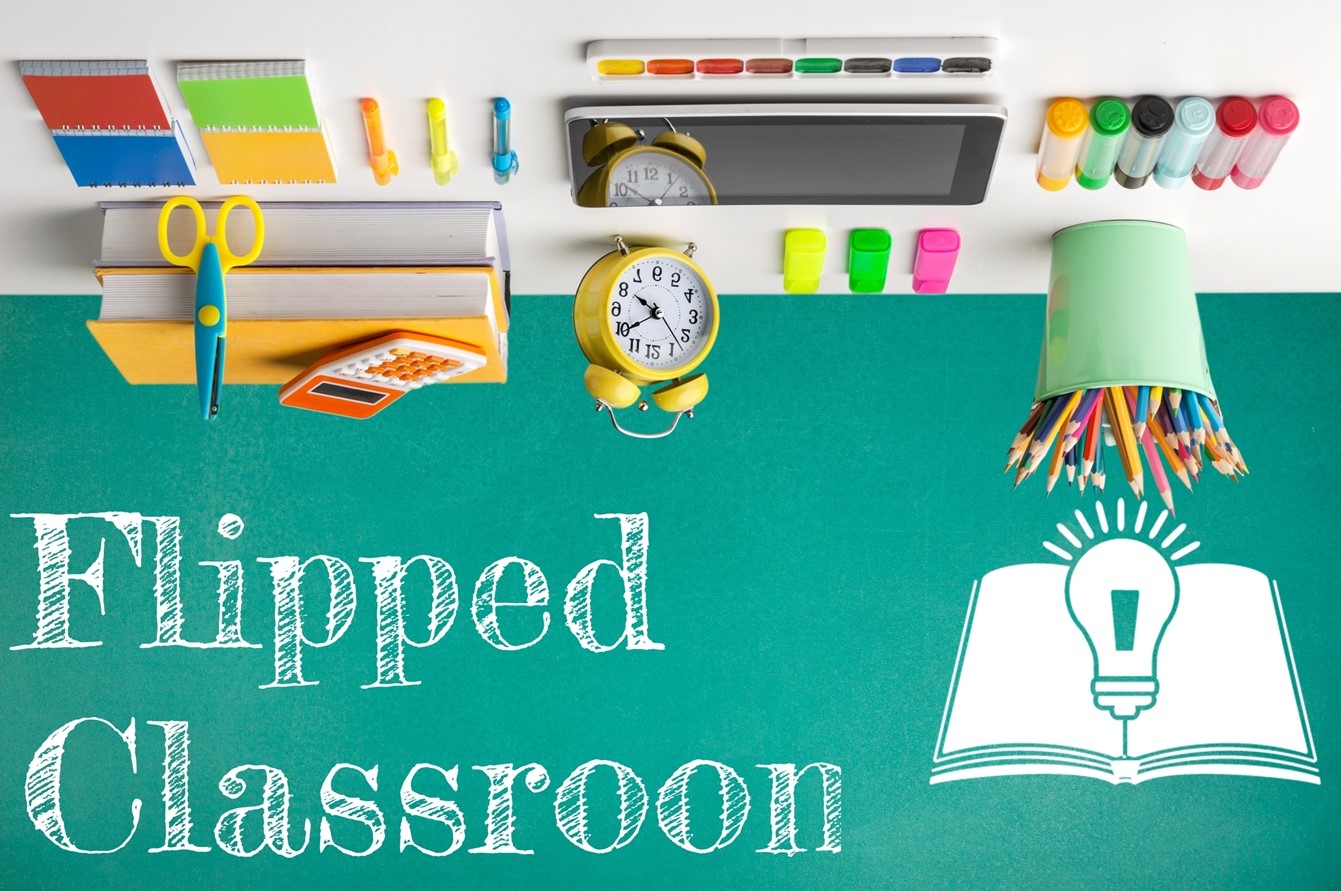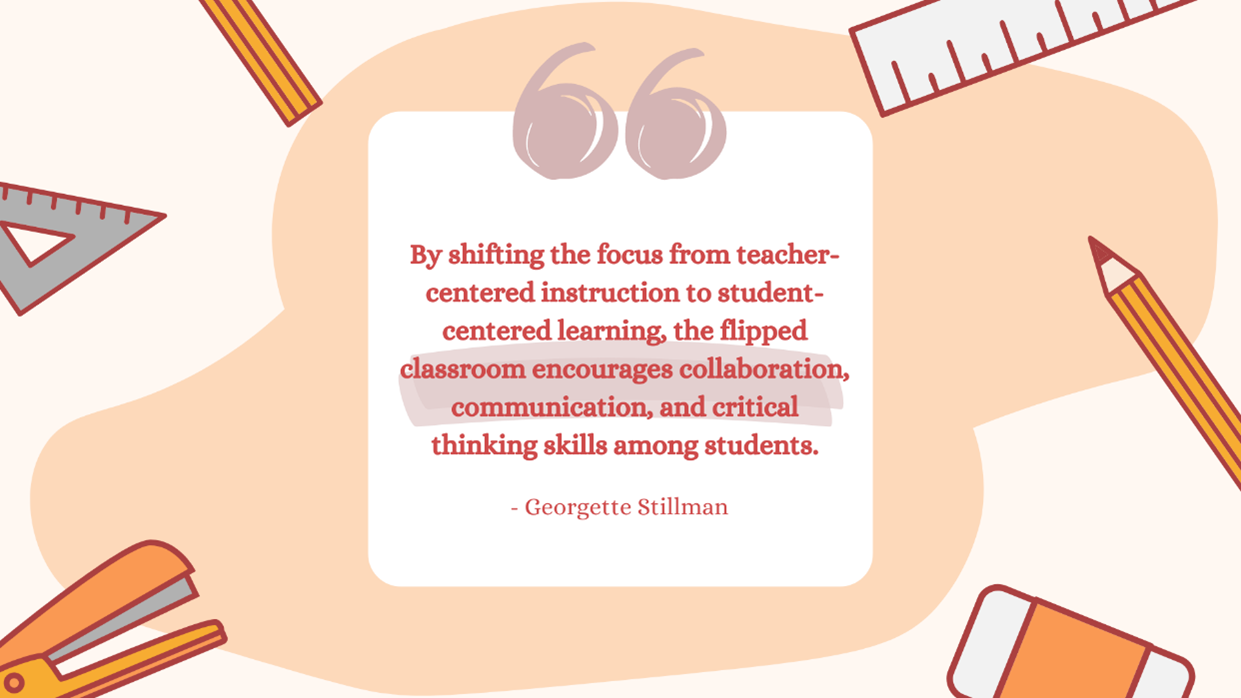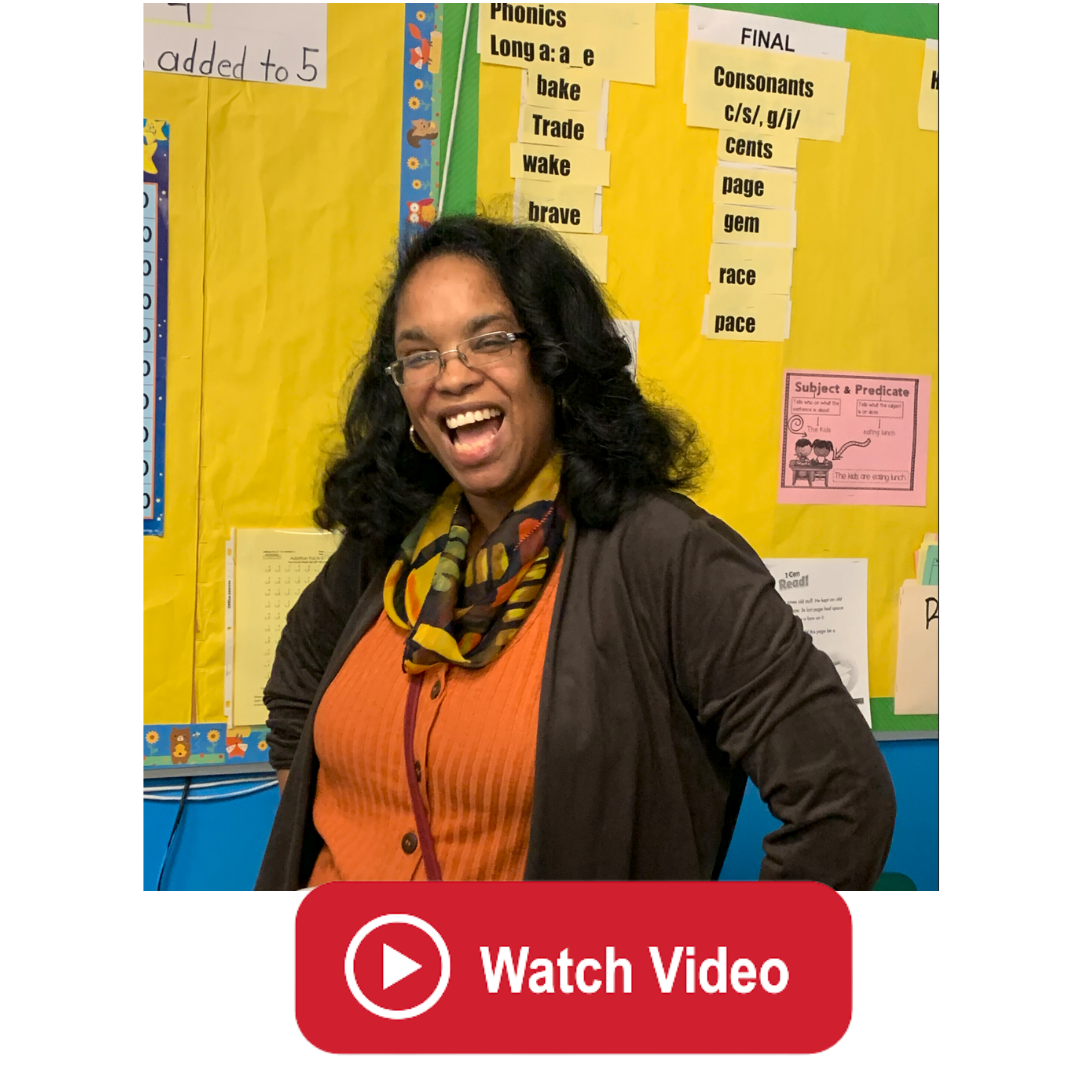Teachers Considering Flipping Their Classrooms Should Read This First

The Traditional Approach and Its Limitations
For decades, education has relied on a familiar structure: lectures delivered in classrooms followed by homework assignments completed at home.
However, as technology advances and new pedagogical theories emerge, educators are increasingly exploring alternative methods to engage students more actively in the learning process. One such method gaining popularity is the flipped classroom model.
The flipped classroom is an instructional strategy that flips the script on traditional teaching. Instead of lectures during class time, students gain foundational knowledge through pre-recorded videos, readings, or online modules outside of class. Class time is then utilized for active learning activities such as discussions, problem-solving, and group projects, allowing students to apply and deepen their understanding of the material through collaboration and interaction.
Benefits of the Flipped Classroom
The flipped classroom model offers several advantages over traditional teaching methods.
Firstly, it enhances student engagement and learning outcomes by promoting active learning during class time. Bergmann and Sams (2012) argue that shifting passive learning activities outside of class allows for more meaningful interactions and discussions among students during class, leading to increased motivation and retention of material. Moreover, the flexibility of the flipped classroom enables students to learn at their own pace.
Tucker (2012) notes that students can pause, rewind, and review instructional materials as needed, catering to individual learning styles and preferences. This personalized approach to learning fosters autonomy and self-directed learning skills, which are essential for lifelong learning.
The flipped classroom model also encourages the development of critical thinking and problem-solving skills. Hamdan et al. (2013) emphasize that by replacing lectures with active learning activities, students have more opportunities to apply their knowledge to real-world problems, fostering higher-order thinking skills crucial for success in the 21st-century workforce.
Challenges and Considerations for Implementation
Despite its potential benefits, the flipped classroom model presents several challenges that must be addressed for successful implementation.
One significant challenge is access to technology. Lage et al. (2000) highlight the digital divide as a concern, particularly for students from low-income or rural communities who may lack access to the necessary technology, such as computers and internet connectivity, to engage with pre-recorded videos and online materials outside of class.
Furthermore, teacher training and support are critical for effective implementation of the flipped classroom model. Strayer (2012) emphasizes the importance of providing educators with adequate training in instructional design, technology integration, and facilitation of active learning activities to ensure successful implementation. Without proper training and support, teachers may struggle to transition from a traditional lecture-based approach to a more student-centered, interactive learning environment.
Beyond Engagement: Equity and Inclusion
To further explore the flipped classroom model, it is essential to consider its impact on student performance and satisfaction. Research studies have shown mixed results regarding the effectiveness of the flipped classroom in improving academic outcomes.
Some studies have found positive effects on student achievement, while others have reported no significant differences compared to traditional teaching methods. Additionally, the flipped classroom model has implications for classroom dynamics and teacher-student relationships. By shifting the focus from teacher-centered instruction to student-centered learning, the flipped classroom encourages collaboration, communication, and critical thinking skills among students. However, this shift may require adjustments in classroom management strategies and teacher roles to effectively facilitate active learning activities and ensure student success.
The flipped classroom model also has the potential to promote equity and inclusivity in education by providing students with equal access to instructional materials and resources outside of class. But it is essential to address the digital divide and ensure that all students have access to the necessary technology and support to participate fully in the flipped classroom experience.

The Flipped Classroom: A Model for the Future of Education?
The flipped classroom offers a promising approach to education by emphasizing active learning, student engagement, and personalized instruction.
While the model offers several benefits, including enhanced student engagement, personalized learning experiences, and the development of critical thinking skills, it also presents challenges that must be addressed for successful implementation. By addressing these challenges and leveraging the potential of the flipped classroom model, educators can create dynamic, inclusive learning environments that prepare students for success in the 21st century.

Georgette Stillman teaches Psychology at New Brunswick High School in New Jersey. A Psychology major in college, Georgette used her knowledge of the mind and behavior to pursue a career in teaching through the Rutgers Alternate Route. The Rutgers University graduate is driven by a passion for sharing her love for psychological science, connecting with students, and imparting life-enhancing lessons.
If you’re considering following your dream of teaching, Rutgers Alternate Route can offer you the support and training you need to succeed. Be sure to follow Rutgers Alternate Route on Twitter and sign up for Alternate Route’s monthly newsletter for more information and stories from the field of education.

 Georgette Stillman teaches Psychology at New Brunswick High School in New Jersey. A Psychology major in college, Georgette used her knowledge of the mind and behavior to pursue a career in teaching through the Rutgers Alternate Route. The Rutgers University graduate is driven by a passion for sharing her love for psychological science, connecting with students, and imparting life-enhancing lessons.
Georgette Stillman teaches Psychology at New Brunswick High School in New Jersey. A Psychology major in college, Georgette used her knowledge of the mind and behavior to pursue a career in teaching through the Rutgers Alternate Route. The Rutgers University graduate is driven by a passion for sharing her love for psychological science, connecting with students, and imparting life-enhancing lessons.





